Assalamu Alaikum, I hope everyone is fine I am fine by the grace of Allah. Today's post is about the different types of flower (REMUSATIA,SENNA ALEXANDRINA, RUELLIA TUBEROSA ) and its benefits and what it can be used for.
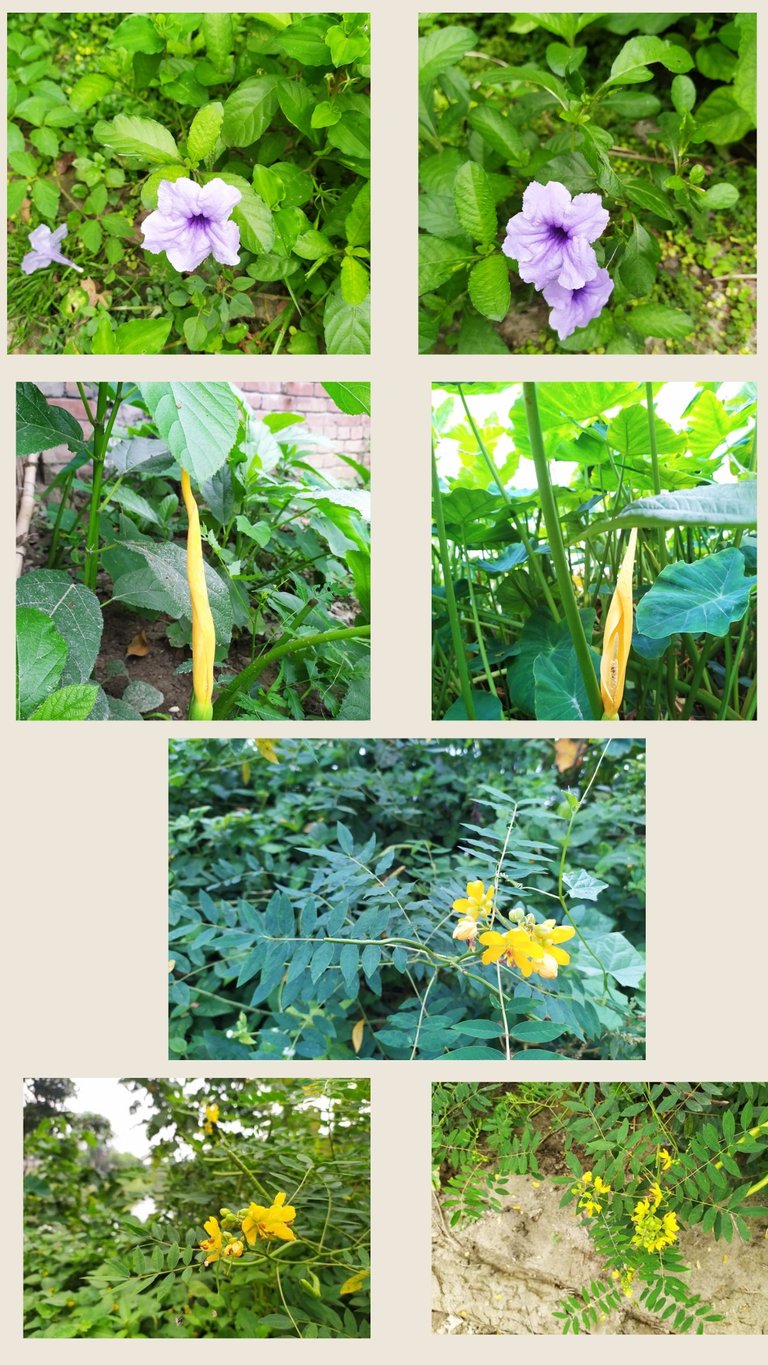
REMUSATIA:
Remusatia is a variety of blooming plants in the family Araceae. It contains 4 known species, one of which was depicted in 1987. This species was at first positioned in family Gonatanthus called Gonatanthus ornatus. After the class had been sunk into Remusatia its new name was Remusatia ornatus, however it was subsequently different to Remusatia hookeriana.

The types of Remusatia are local to Asia, Africa, and Australia. They are ordinarily tracked down in subtropical timberlands and are tuberous plants with heart formed peltate leaves. A trademark component of Remusatia is stolons rise out of the tubers on which is created bulbils that permit the plant to repeat. The bulbils grip to creatures which takes into consideration them to be appropriated and is possible the essential driver for their enormous dispersion. Blossoming of numerous Remusatias are frequently uncommon and bulbils act as their essential method for propagation. The spathes of Remusatia are yellow and the spadix are white with a scent with the exception of Remusatia yunnanensis whose spathe is red.
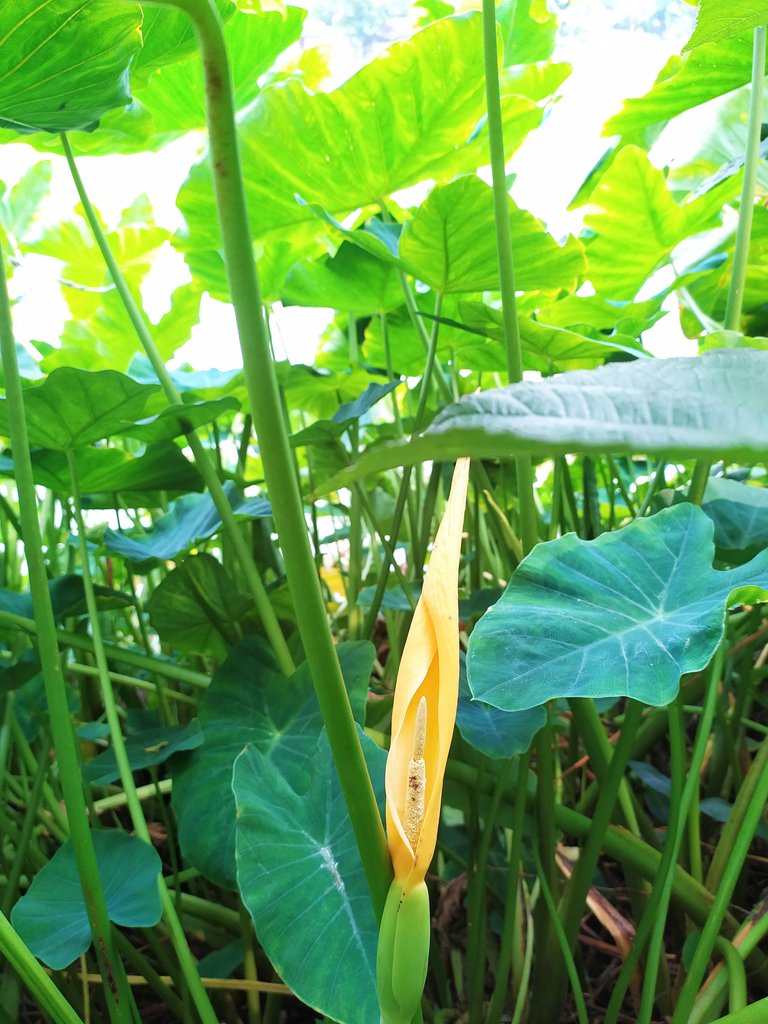
SENNA ALEXANDRINA:
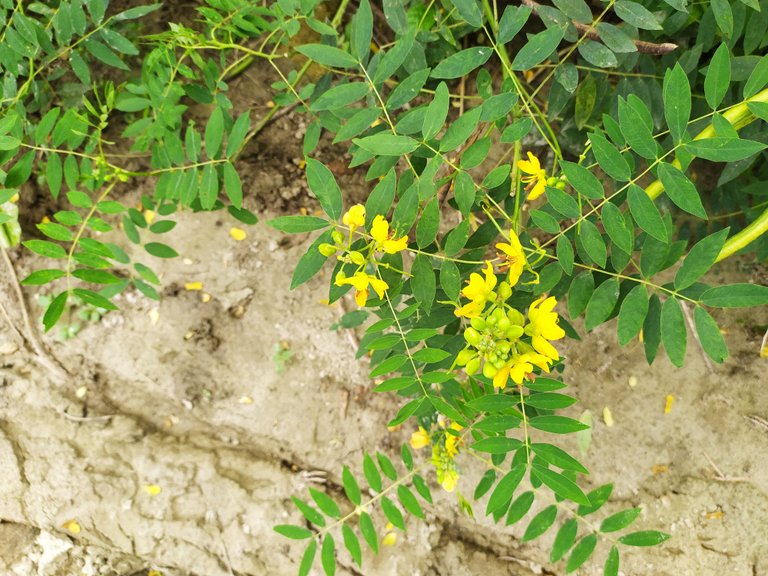
Senna alexandrina is a fancy plant in the sort Senna. It is utilized in herbalism. It develops locally in upper Egypt, particularly in the Nubian district, and close to Khartoum, where it is developed economically. It is additionally developed somewhere else, quite in India and Somalia.
DEPICTION:
Alexandrian Senna is a shrubby plant that arrives at 0.5-1 meters (20" to 40"), seldom two meters (6') in level with an extended, light green erect stem and long spreading branches bearing four or five sets of leaves. These leaves structure mind boggling, fluffy, shared matches. The flyers fluctuate from 4 to 6 sets, completely edged, with a sharp top. The midribs are similarly partitioned at the foundation of the flyers.
The blossoms are in a raceme inside blooms, huge in size, shaded yellow that will in general brown. Its vegetable organic product are horned, extensively elliptical, compacted and level and contain around six seeds.
UTILIZES:
At the point when developed as restorative spice, the plants are chopped down semi-every year, dried in the sun, stripped and stuffed in palm-leaf sacks. They are then sent on camels to Essouan and Darao, then down the Nile to Cairo or probably to Red Sea ports. For the itinerant Ababda, for instance, exchange senna gives a huge kind of revenue.
NAMES AND SCIENTIFIC CLASSIFICATION:
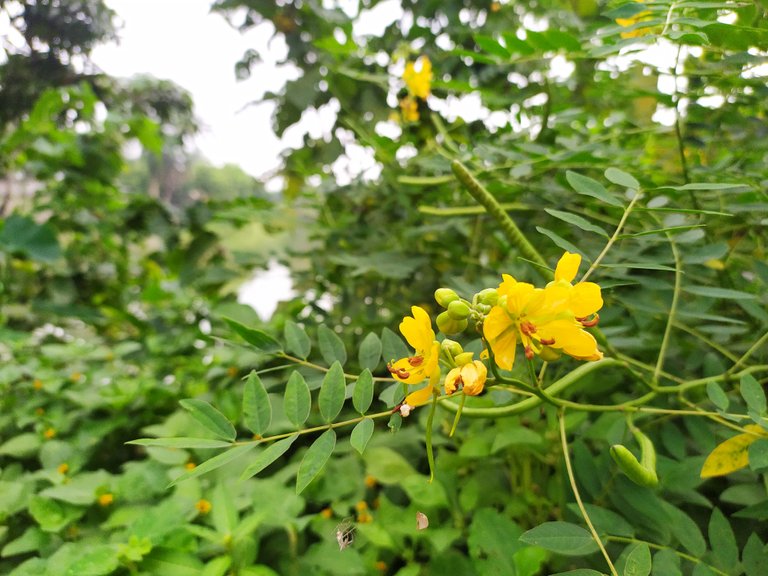
Senna alexandrina is likewise known under the names Egyptian senna, Tinnevelly senna, East Indian senna or the French séné de la palthe.
It got the names Alexandrian senna and Egyptian senna since Alexandria in Egypt was the primary exchange port previous times. The products of the soil were shipped from Nubia and Sudan and different spots to Alexandria, then, at that point, from it and across the Mediterranean ocean to Europe and adjoining Asia.
However it could seem to be a logical name, Cassia Officinalis is really the pharmacist term for this plant, and subsequently Officinalis — the Latin modifier signifying instruments, utensils and clinical mixtures — is composed with an underlying capitalized letter, dissimilar to explicit designations, which are constantly composed with an underlying lower-case letter today.
RESTORATIVE USE:
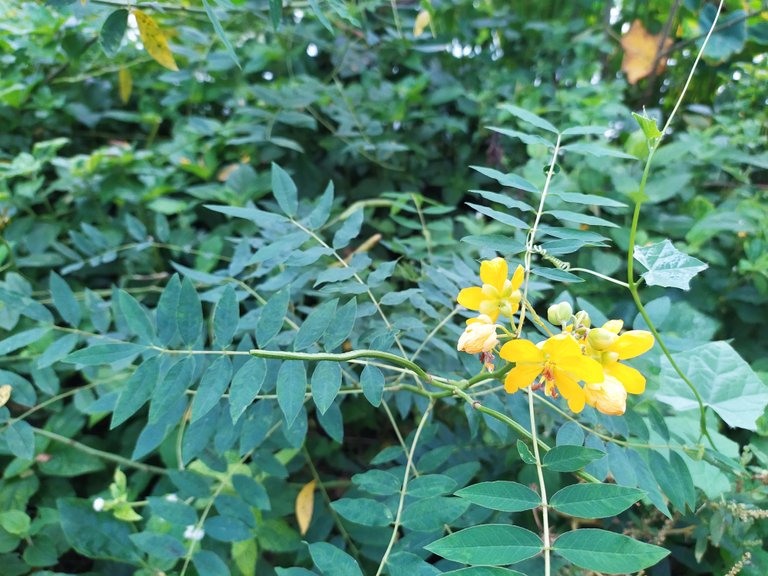
By and large, Senna alexandrina was utilized as senna units, or as home grown tea produced using the leaves, as a laxative. It likewise fills in as a fungicide.
Current medication has utilized removes since basically the 1950s as a laxative. If coincidentally ingested by newborn children, it can cause secondary effects, for example, serious diaper rash. The dynamic fixings are a few senna glycosides. which cooperate with resistant cells in the colon.
RUELLIA TUBEROSA:
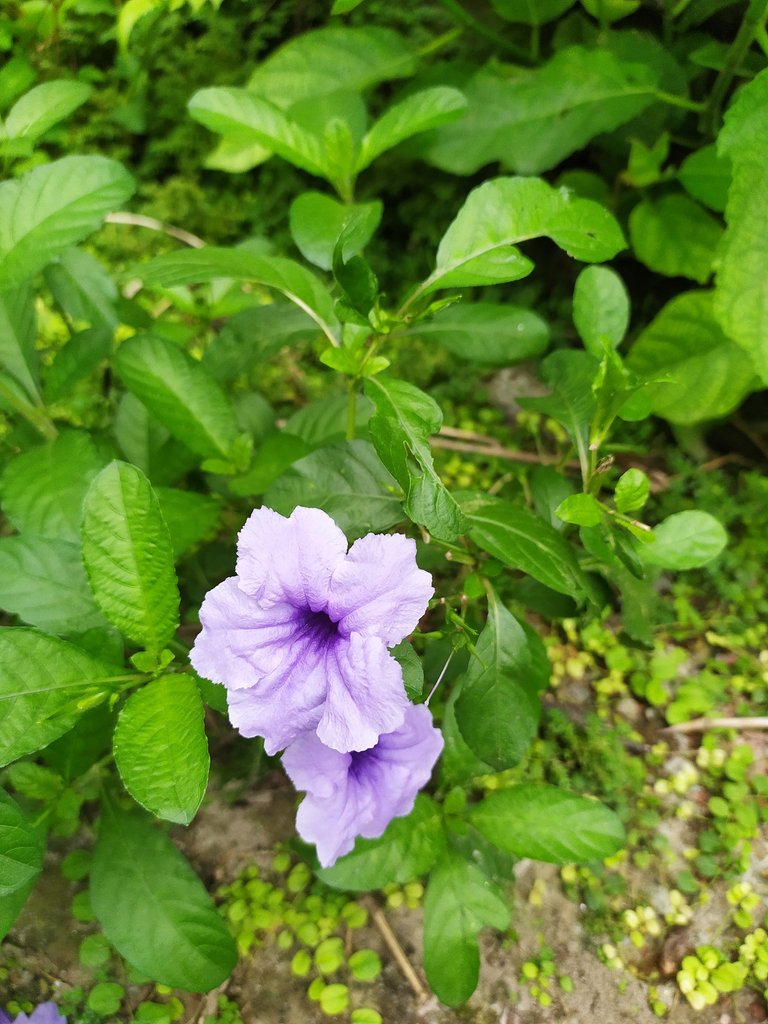
Ruellia tuberosa, otherwise called minnieroot, fever root, snapdragon root and sheep potato, is a types of blooming plant in the family Acanthaceae. Its local reach is in Central America yet as of now it has become naturalized in numerous nations of tropical South and Southeast Asia.
Some butterfly species, similar to the lemon pansy and the mangrove buckeye, feed on the leaves of Ruellia tuberosa.
PORTRAYAL AND PROPERTIES:
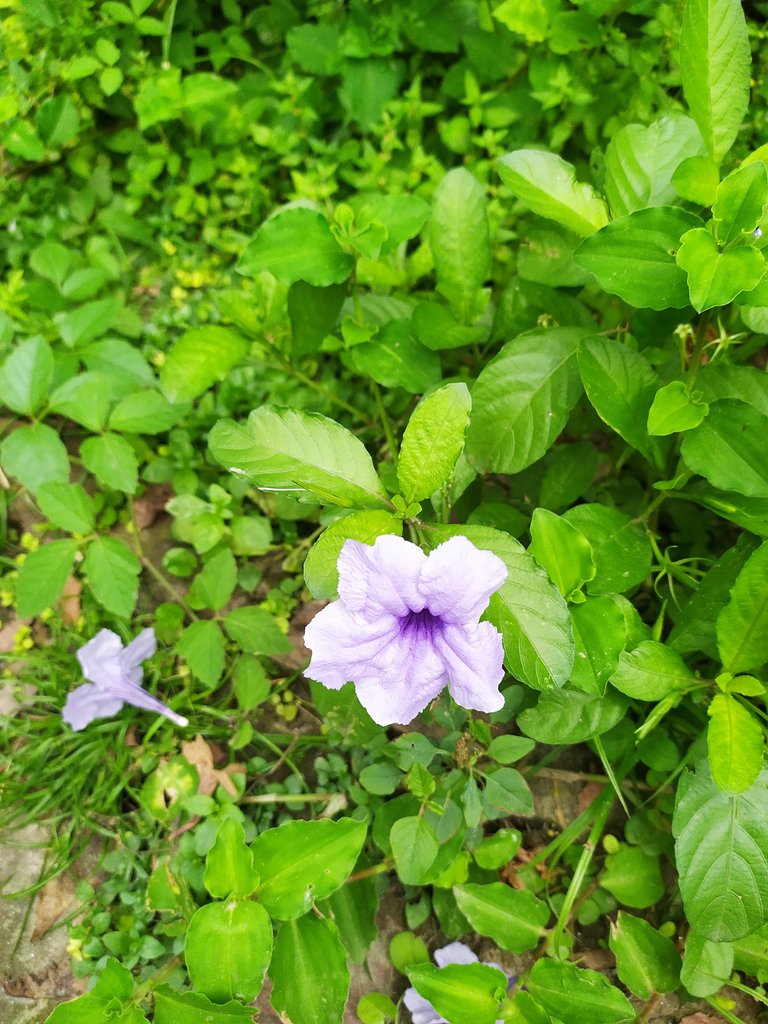
It is a little biennial plant with thick fusiform tuberous roots and striking pipe formed violet-shaded blossoms. Its natural product is a 2 cm (0.8 in) long sessile case containing around 20 seeds. A portion of the names of the plant like popping case, duppy weapon and wafer plant come from the way that youngsters like to play with the dry units that pop when scoured with spit or water.
Ruellia tuberosa might be tracked down in sodden and obscure conditions. It develops, be that as it may, ideally in prairies and side of the road — frequently as a weed in developed fields, and furthermore in xerophile and ruderal habitats.
In society medicine and Ayurvedic medicine it is accepted to be diuretic, hostile to diabetic, antipyretic, pain relieving, antihypertensive, and gastroprotective, and has been utilized for gonorrhea.
It is likewise utilized as a characteristic color for textiles.
I hope you will like the post, if you like it, then definitely support me and if anyone has interest or desire to know about this answer flower, then definitely let me know in the comment box, I will try to answer that question.
Thank you all and specially thank for supporting team...

